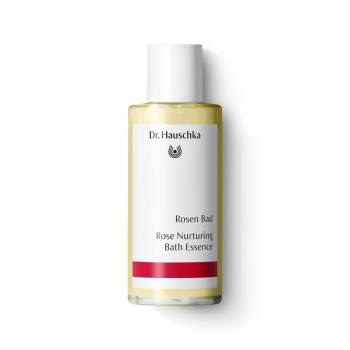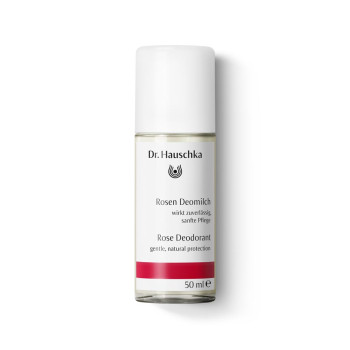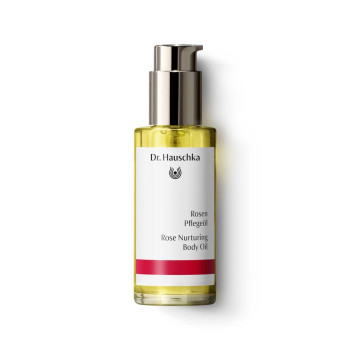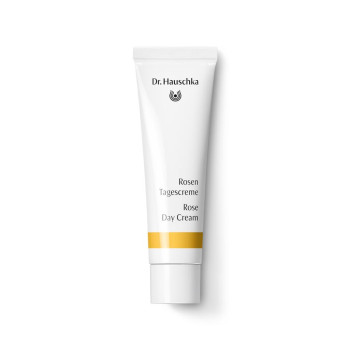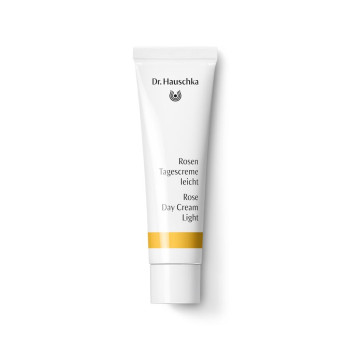
Rose
Synonyms: Dog rose, Rosa canina, cabbage rose, Burgundy rose, Holland rose, moss rose, pale rose, Provence rose, Californian rose, Cherokee rose, chestnut rose, chinquapin rose, sweet chestnut rose, damask rose, four seasons rose, Portland rose, york and Lancaster rose, dog rose, common briar, French rose, apothecary rose, Hungarian rose, officinal rose, Provins rose, red rose of Lancaster, Ramanas rose, hedgehog rose, Japanese rose, rugosa rose, tomato rose, Turkestan rose, sweet briar, Eglantine rose
Scientific Name: Rosa ssp.
Family: Rosaceae (the rose family)
Habitat
The wild forms of the rose come from the Orient and it is thought that they spread from Persia and Babylon via Egypt to Ancient Greece and Ancient Rome.
Constituents
There are more than 400 individual components in rose oil. Among other things rose petals contain essential oil, tannin, lipids, wax and resin.
Description
What picture appears before our eyes when we think of the rose? Certainly first and foremost that of the hybrid tea rose, distinguished and elegantly slim with its multi-petalled bloom, which hides its innermost secrets from the observer. The colour of the petals, their shape, the way they grow: there appear to be an impossibly large number of varieties of rose, in fact there are about 20 000 of them! In this deluge it is all too easy to forget their far older original sisters the dog roses, the petals of which are simple and which open their hearts wide to us and are rich in perfume and rose hips. The strength for their petals is drawn from the deep root which is firmly embedded in the ground. The hybrid tea rose has lost this vitality and is therefore always grafted to the rootstock of a dog rose.
Surprising details can be found out about the rose: for example each petal of the five-petalled bloom has its own form, and even the five small green sepals differ from each other.
Interesting Facts
The word rose presumably comes from the Indo-Germanic word vrod or vrad, the meaning of which is retained in Sanskrit as vrad = tender. The extent to which the rose has always accompanied mankind is reflected in the fact that the word occurs in all of the world’s languages, it is only absent in the language of the Inuits. It was already the symbol for love, beauty and grace at a very early stage and in Ancient Greece it also signified joie de vivre. This wondrous creation seemed to be so unearthly that in many cultures it was seen as a gift from the gods, in some the petals were even seen as the blood of the gods, particularly the gods of love and fertility. The fallen angel Lucifer, on the other hand, is thought to have acquired the climbing rose in order via the thorny route to be able to climb easily back into heaven.
There are innumerable other stories about the rose: from Cleopatra who is said to have impregnated the sail of her ship with rose water, the Romans who, like no one before or after them, placed the rose in the centre of their daily lives: garlands of fresh roses, which were commonly worn around the neck, rose beds and festivals heavily decorated with roses were an expression of an almost decadent inclination towards the rose.
Yet the rose was not only a symbol of love and the erotic. Sub rosa dictum: the dictum under the rose was the stock phrase of secret societies such as the Rosicrucians and the Freemasons, which adopted the white rose as their symbol and had it hanging over the table as a stuccoed rose. Something promised under the rose was deemed to be absolutely confidential. And in the rose the alchemists saw wisdom and the symbol of a clear spirit.
Romanesque and Gothic master builders and stonemasons discovered the rose for their buildings: its geometry found its way into windows, stone roses crowned church towers as a sign that human life only really unfolds in the hereafter.
The rose as a sign of the Mother of God and Jesus is found again in Mary, who is depicted so often as Mary with the child in a rose bower. Even the first wreaths were in fact said to have been made with roses.
Its golden age as a healing plant came with the pharmacist’s rose (Rosa gallica) in the 13th century in Provins near Paris, where it arrived from Damascus. For almost 600 years Provins was the centre of medicinal rose cultivation, so that in the 16th century, the main street was a large concentration of chemist’s shops and pharmacies. Medicines made from roses were sent from there throughout the world.
Moreover rose galls used to be placed under children’s pillows so that they could sleep better. For this reason in Germany they are also referred to as sleep apples.
The plant from another perspective
What do we associate with the rose? It is strong but also soft, resistant but tender, thorny and at the same time velvety, upright and yet enticing. Only a queen such as the rose can combine these contradictory characteristics, without mixing them up, carrying them side by side and yet governing them and still reflect the purest beauty and harmony in its appearance. It is the harmonious centre of the plant kingdom, an expression of the greatest harmony and in this a queen, not only of the rose family but of all flowers. And this is what makes the rose a reflection of man, what has always attracted man to the rose, so that it has accompanied human culture from time immemorial, suffused its songs and myths, its medicine and its poetry. It shares the art of finding harmonious balance as a healing plant for man.
The plant in our products
On account of its harmonising power, the rose can be found as essential rose oil, rose water, rose wax or rose petal extract in almost all the Dr. Hauschka Skin Care range, including the Make-up products, e.g. in:

